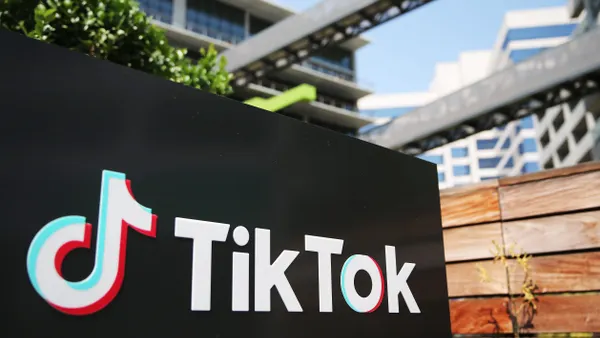Kaarin Vembar is obsessed with the luxury and apparel markets. She also has a sassy mouth so her managing editor decided to give her a column in an attempt to harness insight for readers. Kaarin can be reached at [email protected].
Potential can be maddening. It's recognizable when a hint of greatness or genius is seen right below the surface. And when it refuses to emerge, the feeling of giddy hope is replaced by frustration that talent has been squandered.
Wasted potential would be different if it evoked apathy. Then you could let go. But potential shows that a person, or in this case a company, is hovering close to a revelation it simply cannot reach. It's in their grasp, but something — hubris or laziness or a series of self-destructive decisions — continues to hold it back.
Such is the case with J. Crew.
I admit to a level of obsession with the company. (There's a reason that the first SKU'd column mentioned the company in comparison to Kate Spade.) But to think that all the fuss is simply for the fun of dragging a company would be entirely missing the point. The annoyance comes from a place of love and even longing. It comes from the continual question of: "Why can't they get it together?"
J. Crew has been drowning for quite some time. The specialty apparel store worked from the 1990s through the mid-2000s, but took a decided turn downward during The Great Recession.
During her tenure, then-executive director Jenna Lyons attempted to elevate the company. The most glaring movements away from the brand ethos came when, in a fit of horrible timing, Lyons introduced an edgier fashion vision and raised prices at the exact moment everyone was tanking financially. It happened in concurrence with the company beginning to show at New York Fashion Week, which, in its aspiration, seemed to stretch the company beyond its core audience.
In essence, J. Crew forgot who it was and strayed from the boundaries of its relationship with customers.
The repercussions were swift. The company went from a net income of $35.4 million in the third quarter of 2013 to a loss of over $607 million in the third quarter of 2014. It also became saddled with debt.
Then along came the new girl in the form of Madewell. It was younger and hip and full of promise while J. Crew continued fumbling around with its collections. The business suddenly had a fresh counterpart that still seems to hit the mark with the next generation.
It was a reboot, but a reboot under a new banner, which became increasingly separated via financial success. First by pushing away from its parent company, then by appointing a CEO and, most recently, setting itself up for an IPO.
In doing so, J. Crew as a corporation morphed into the romantic cliche of depending on some young thing to give it direction and purpose, and save it from itself.
In the meantime, the core J. Crew brand languished. Season after season, I stayed hopeful. Maybe this time the company would once more give us wearable basics in fantastic fabrics.
But, like so many of our exes, the end results were neither good nor bad, but lingered somewhere in the middle.
There's nothing sadder than mediocrity. There's also nothing that kicks up petty schadenfreude more than watching something that once shimmered with promise act against its best interest. (Including a wave of odd promotions that still don't seem to match the quality of the product currently being offered.)
In the meantime, other brands are rising to the surface, illustrating how apparel within the category can still flourish. In the luxury space, Brandon Maxwell is infusing new life into the office aesthetic. Within the J. Crew pricepoint, Court & Rowe offers the same vibe with approachable, preppy basics.
For now, the storyline of 'will-they-or-won't-they survive' continues to be intoxicating. As of a few weeks ago, filing an IPO for Madewell seemed like a strategic move to save the company, with the forthcoming money raised by going public leveraged to get the corporation's debt under control.
Then The We Company of WeWork fame came in and mucked everything up. The co-working company's IPO, which only a few weeks earlier was expected to have a $47 billion valuation, was delayed, then withdrawn and the company is in the process of imploding.
WeWork was a harbinger. A number of other corporations are tumbling as the stock market awakens to the idea that perhaps the market was overestimating companies' worth and 2019 has a suspicious abundance of unicorns. What could have been a sure move to save J. Crew is now uncertain.
Yet, in spite of it all, I'm still rooting for this company and hope it can find its footing once again.
The thing about an ex is just when you think they are done — just when you think everything is over — they somehow manage to pop back up. Usually at the most inopportune time. The question this time will be whether J. Crew's old customers still want to take it back.













